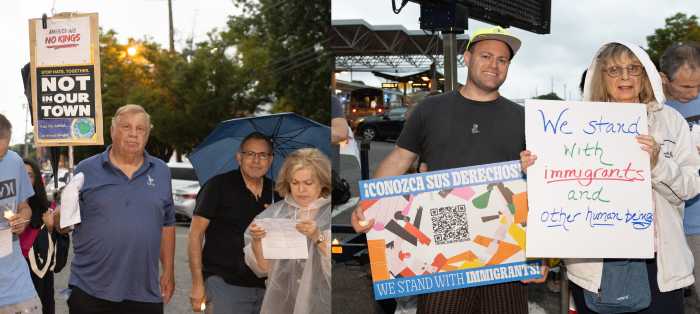“THIS IS WHAT DEMOCRACY LOOKS LIKE”
The economic reality for many middle- and lower-class families across the country is grim, even dire. The national unemployment rate continues to hover around 9 percent. Millions are out of work. Middle-class incomes are continuing to fall.
More than 46 million Americans are living below the poverty line, according to data released last month by the U.S. Census Bureau—the highest level in the agency’s existence.
Income inequality today, explains Gregory E. DeFreitas, professor of economics at Hofstra University and director of its Labor Studies Program and Center for Study of Labor and Democracy—the extent to which income is distributed in an uneven manner between the highest and lowest households or individuals—is back to levels predating the Great Depression. But we didn’t just get here overnight. The current fiscal crisis OWS is so adamantly protesting took decades to create, cultivate and maintain.
“It’s been building up, across largely Republican administrations, but Clinton came into office as a new Democrat who was basically pretty conservative economically, and he continued the deregulation,” he says. “The results are in.
Deregulation and trickle-down tax cuts have gotten us into this bind and we need new solutions…basically we’re back to what people are calling The New Gilded Age. It’s startling.
“It’s very, very clear we’re back to the levels of income inequality of the 1920s and before,” he continues. “The Gilded Age was called The Gilded Age because there was this thin layer of gold gild—the superrich on top, and underneath was the 99 percent, who were doing the work and not reaping much of the benefits.”
Other economists agree, explaining that although Long Island, with a slightly lower unemployment rate of 7 percent, may seem less affected, is not insulated. It’s actually home to one of the most dramatic disparities in the country.
“Clearly what we’ve seen in New York State over the last 30 years is an intense concentration of income growth at the very top,” says James Parrott, deputy director and chief economist at the Fiscal Policy Institute in Manhattan. He says the top 1 percent’s share went from 10 percent to 35 percent in 2007. “There is also a high degree of concentration in Nassau and Suffolk counties, although it’s certainly not as extreme as it is in New York City.”































